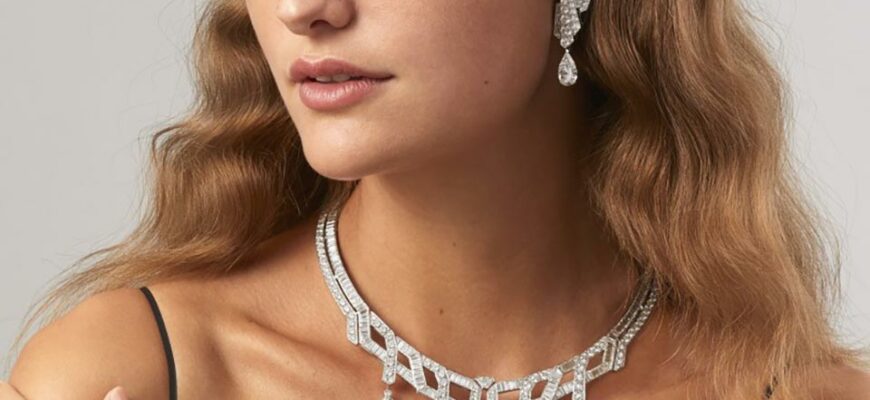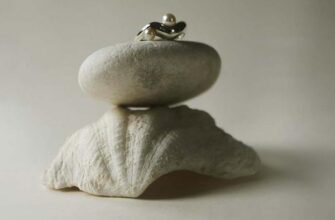Now jewelers call platinum the queen of non-ferrous metals, and she got this title for a reason. So what is platinum? It is a noble metal, which is also an exchange commodity.
The metal is prized for its remarkable appearance, strength, ductility and much more. But this was not always the case - the positive properties of the material were noticed only in the 18th century.
"Bad Silver" - this is what the Europeans called platinum the first time they encountered it. And the modern name of platinum is translated this way. The Spanish word "plata" is translated as silver, and when a diminutive suffix is added, the result is "platina".
But today this metal is considered one of the best due to its amazing qualities. It is actively used in industry and, of course, in the manufacture of jewelry.
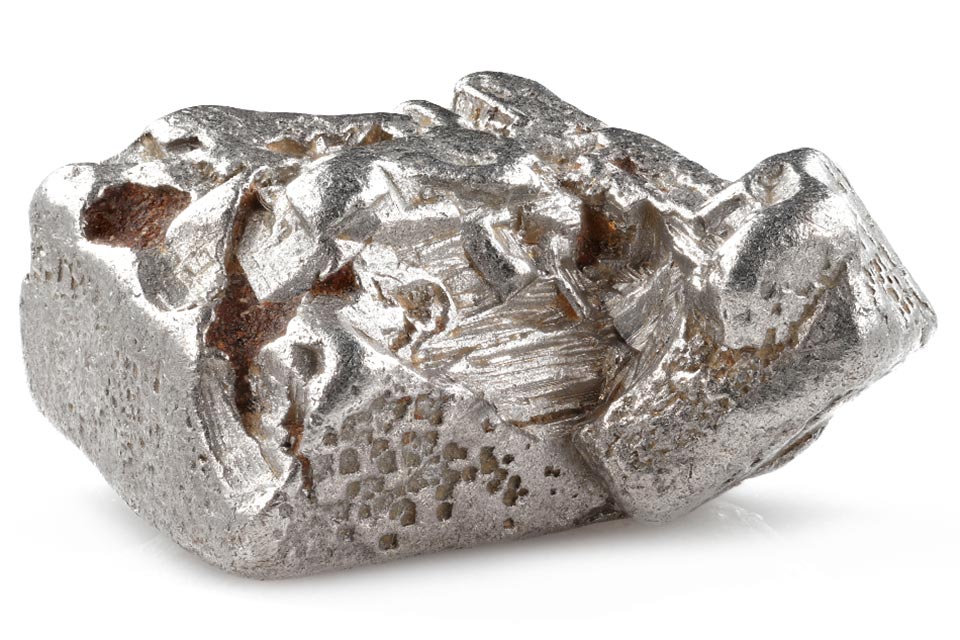
Platinum properties: physical, chemical and other characteristics
Platinum or platinum is one of the elements of the periodic table. This metal ranks 78th among other chemical elements and is designated by the Pt symbol. The material is dense, hard, but very flexible, which explains its popularity in jewelry.
Physical properties of platinum
A heavy refractory metal of a silvery-white color, one of the densest materials - platinum is twice as dense as lead. Also, the metal is very stable and has good electrical conductivity. Platinum does not corrode and does not oxidize in air, even when heated. Since the material is resistant to vacuum, it is successfully used in space technology.
When heated, solid platinum becomes very malleable. The thinnest foil or wire can be made from the heated material.
The metal has the following physical properties:
- density (specific gravity) - 21,45 g / cm3;
- the melting temperature - 1773,5 ° C degrees;
- boiling temperature is 4410 ° C, that is, up to this temperature, platinum still melts;
- hardness on the Mohs scale - 4-4,5 units;
- does not possess magnetic properties.
Platinum is almost twice as hard as gold. Aurum (this is how gold is called in another way) boasts only 2-2,4 points on the Mohs scale.
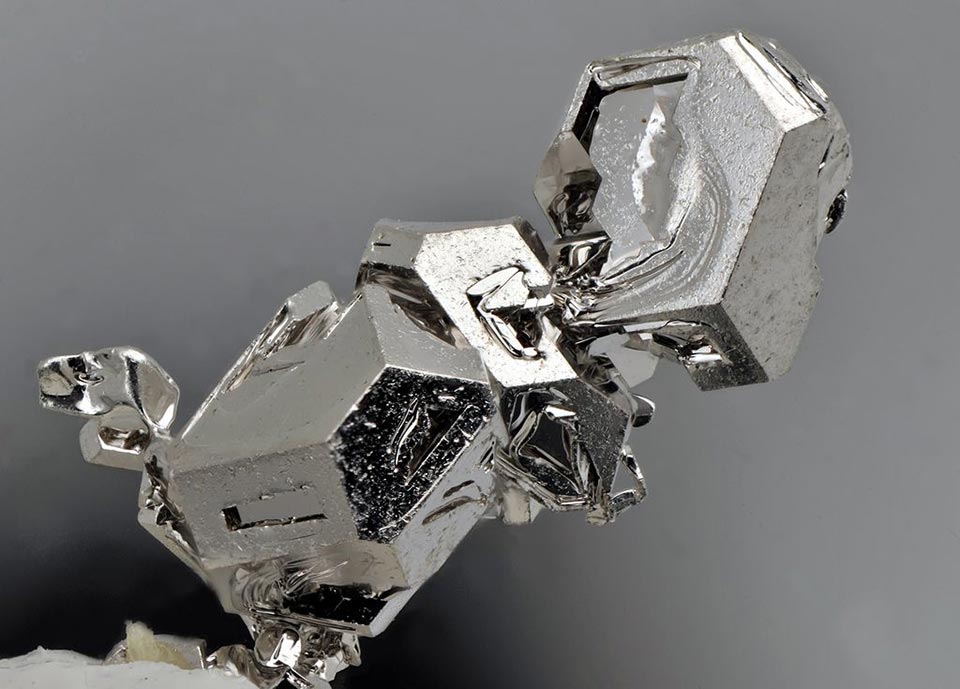
The material is so durable that the piece can be made entirely of platinum. This is quite rare, because pure silver and gold are too soft and without impurities literally bend in the hands.
It is also worth clarifying about the magnetic properties. Many sources say that a magnet is a sure way to check the authenticity of a platinum jewelry. While pure platinum does not magnetise, this is not always the case with jewelry. Since this metal is very rare and expensive, it is usually used with a small amount of impurities.
Platinum alloy is composed of several metals. Copper or palladium is most often used as impurities, but cobalt and even gold can also be added. And if copper, palladium and gold are not magnetic, then cobalt is not included in this group. Even 5% of this metal is enough for the alloy to magnetise. That is, this method cannot be considered the most reliable.
Other materials in the alloy can also change the properties of platinum.
For example, silver, copper and ruthenium improve its electrical resistance. Nickel and osmium make the metal harder, but palladium and rhodium - on the contrary - softer.
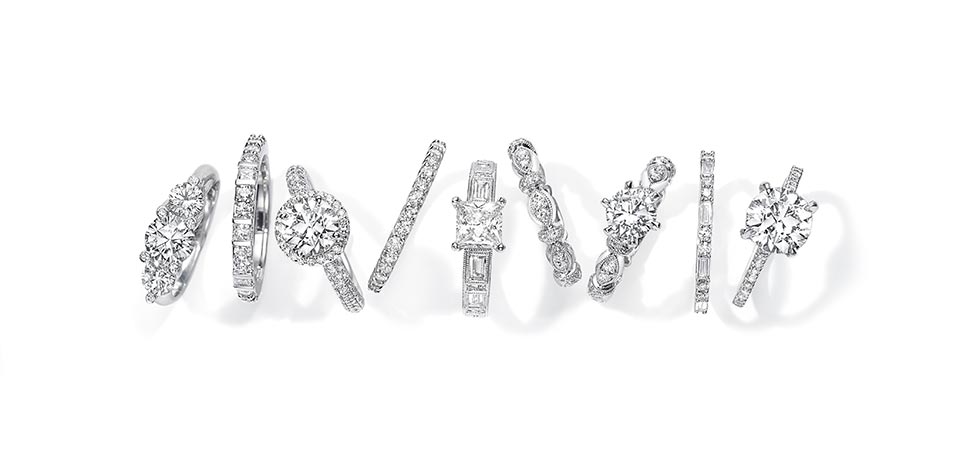
Chemical properties of platinum
The metal is easily processed by pressure - forging, rolling, drawing, but it has high chemical resistance. Platinum is one of the most inert (substances or metals that are "reluctant" to react) chem. elements and dissolves only in hot aqua regia, potassium cyanide and molten alkalis.
Despite its inertness, the element participates in many chemical reactions as a catalyst, that is, an accelerator.
After incandescence, platinum retains its natural color.
Also, when heated, platinum reacts with oxygen. The reaction produces volatile oxides.
Platinum metal is absolutely safe for humans and cannot cause allergies even in sensitive people. But this does not apply to platinum black (powder from grains of platinum, which is obtained in the course of reactions. It is mainly used as a catalyst). It contains poisonous tellurium, which can lead to general intoxication of the body.
In addition, platinum alloy is usually used to create jewelry. If nickel is present, it can also cause a platinum allergy. When worn for a long time, sensitive people develop rash, skin redness and itching.

What platinum looks like
Platinum has a beautiful white-silver color. Outwardly, platinum very much resembles silver, so it may seem to many that they are one and the same. In fact, this is not at all the case. Materials differ in physical and chemical properties.
The metal can also be confused with white gold, but the second alloy has a more pronounced white tint and a glossy sheen.
What is the fineness of platinum
Pure platinum is not used in jewelry. And if in the case of silver and gold such a decision is associated with the softness of the metal, then the reason for using exclusively platinum alloys lies in something completely different.
This material is extremely rare in nature and is characterized by high levels of hardness, strength and stability. It is simply impractical to use platinum in large quantities for jewelry, especially since it is too expensive.
Platinum alloys do not differ externally from the pure element. These are metals of a grayish-white shade with a silvery sheen.
The ligature (this is what the impurities in the alloy are called) can be different. Usually one or more metals from this list are used for this:
- copper;
- silver;
- rhodium;
- palladium;
- gold;
- cobalt;
- iridium.
Some jewelers may use other elements such as nickel or ruthenium.
All items made of precious metals, including platinum, must necessarily have a hallmark with a fineness, which indicates what percentage of impurities is present in this item. For example, a 950 sample means that there are 50 grams or 5% of impurities per kilogram of such an alloy. It also follows that the higher the sample, the more expensive the alloy is.
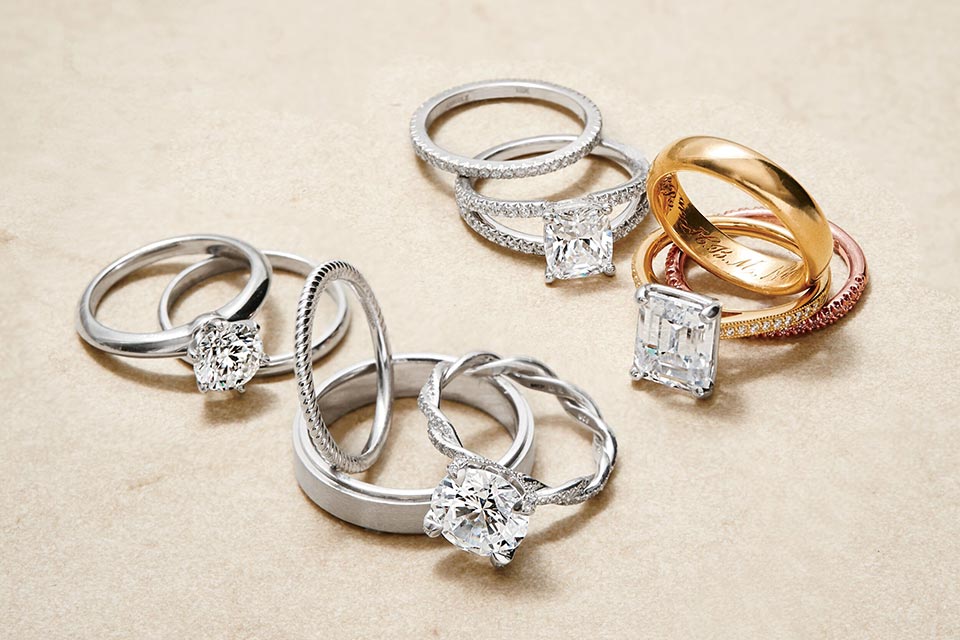
It is the stamp with the test that confirms that the jewelry is still made of expensive material and that it corresponds to the alloy of a particular test. The print can only be missing on remelted products or handmade jewelry.
According to the metric system adopted in Russia, there are only four options for platinum samples:
The latter, the highest fineness, is usually only used to make platinum ingots.
The same system operates in France, Germany, Austria, Poland and many other European countries. But in Canada and the USA, the carat system is used to indicate the quality of the alloy. The four platinum samples indicated above in the carat system look like this (respectively):
Also, keep in mind that the brand itself may also differ in different countries. For example, a trident can be depicted on Ukrainian jewelry, and a fish was depicted on old English products.

Where is platinum used?
Everyone knows that platinum is used to create jewelry, because the metal is characterized by high levels of hardness and ductility. In addition, platinum items delight with their appearance: silver color and characteristic shine make jewelry very popular among buyers.
Until the middle of the last century, only a few percent of the precious metal mined was allocated to the medical field. But today the situation has changed and the demand for platinum is growing exponentially. This is most likely due to the development of research that revealed the advantages of platinum over other metals.
Today, platinum is needed in the following areas of life:
- space industry;
- медицина;
- electrical engineering;
- glass industry;
- manufacture of aircraft and ships;
- chemical industry.
Platinum has also been used in banking. This noble metal is the subject of investment: ingots are cast from it.
Platinum is needed when nitric acid production and other chemicals. In this case, the element acts as a catalyst that accelerates too slow reactions. For this, not pure platinum is used, but its alloy with rhodium. Otherwise, the production of the substances would be too expensive.
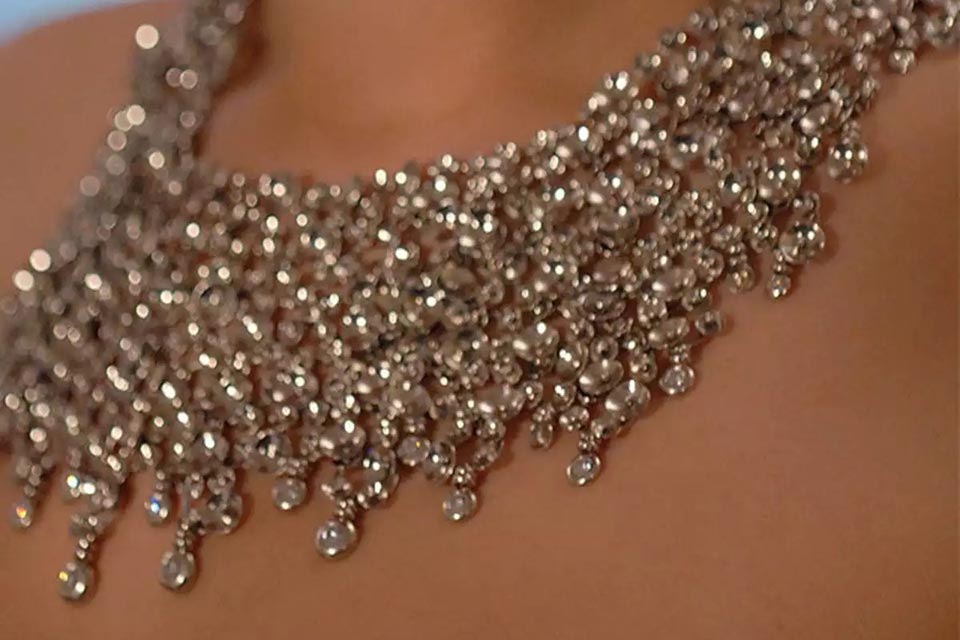
Also, the metal plays the role of a catalyst in oil refining... With its help, gasoline is obtained from oil. And if platinum is used in the form of a mesh to create nitric acid, then a powder is made from it for use in oil processing. Of course, you can use other catalysts, for example, aluminum or molybdenum, but platinum is more durable and efficient.
The use of platinum in electrical engineering due to stable electrical and mechanical properties. The material conducts current well, and also has a decent indicator of thermal conductivity. Usually platinum alloys are used to make contacts, and the combination of platinum with cobalt allows the creation of powerful magnets.
Application of platinum in medical industry helps save the lives of thousands of patients. The fact is that there are simply no analogues to this material. Products made of other metals are not resistant to oxidation, therefore, they are not suitable for such a reaction.
In the field, platinum instruments are sterilized in an alcohol torch flame.
Platinum is also often used to create implants for people with hearing impairments. In addition, it is believed that this material helps fight cancer. On the basis of this metal, many drugs are made that help people overcome oncology.
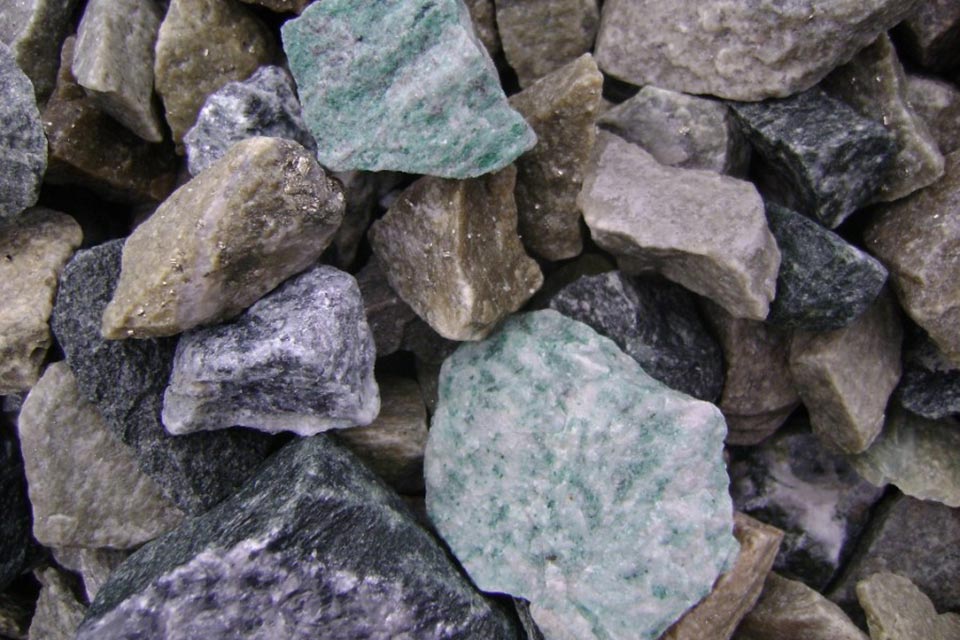
How and where is platinum mined
Platinum is the rarest element in the earth's crust. It is precisely its rarity and excellent properties that can explain its high cost.
The main platinum mining sites are copper deposits и nickel... From them, precious metal is mined along with other materials. Ultrabasic (rocks that contain a lot of silica) rocks also contain small platinum inclusions.
Natural ores with a high platinum content (up to 75%) are very rare.
Platinum-group metals are often found in deposits with platinum, which are still considered "satellites".
In addition, in different rocks, precious metals can be accompanied by different materials:
- serpentine;
- chromite;
- magnetite;
- chrysotile asbestos;
- olivine;
- rhombic pyroxenes;
- corundum;
- gold;
- Diamonds;
- chalcopyrite.
There are two types of platinum deposits:
- Ultrabasic - are located in the Urals, South Africa, Colombia and Alaska. Here not only platinum is obtained, but also copper, nickel, osmium, iridium, and iron.
- Copper-Nickel Sulfide - there are ores in which platinum-type metals are combined with bismuth, sulfur, arsenic and antimony. Also in such deposits silver, gold and palladium are mined.
There are several leaders in platinum mining in the world. These include the following countries:
- South Africa - 80% of the world's reserves of native platinum are mined in South Africa, as there are the richest deposits of the precious metal.
- Zimbabwe;
- USA и Russia;
- Canada.
Platinum mining in Russia began around 1824. At some point, the royal nobility even issued coins from this material.

Pure platinum is not found in nature. Metal forms mixtures with other substances:
- copper;
- iron;
- silver;
- nickel;
- platinum group metals.
Platinum ore is not homogeneous, but includes inclusions of precious platinum, which look like small grains.
Only those "pieces" are called native metal, which contain about 70-90% of pure platinum. But platinum nuggets, which are 90% platinum, are very rare. Pt is mainly mined in the form of ferrous platinum, which contains about 20-50% iron.
Not only ferrous platinum exists in nature. Nuggets are classified according to which other component is contained in the ore. There are several options:
- Palladium - in the composition of about 40% palladium.
- Nickel - about 3-5% nickel.
- Rodistaya - about 5% rhodium.
- Cuproplatinum - it contains from 10 to 15% copper.
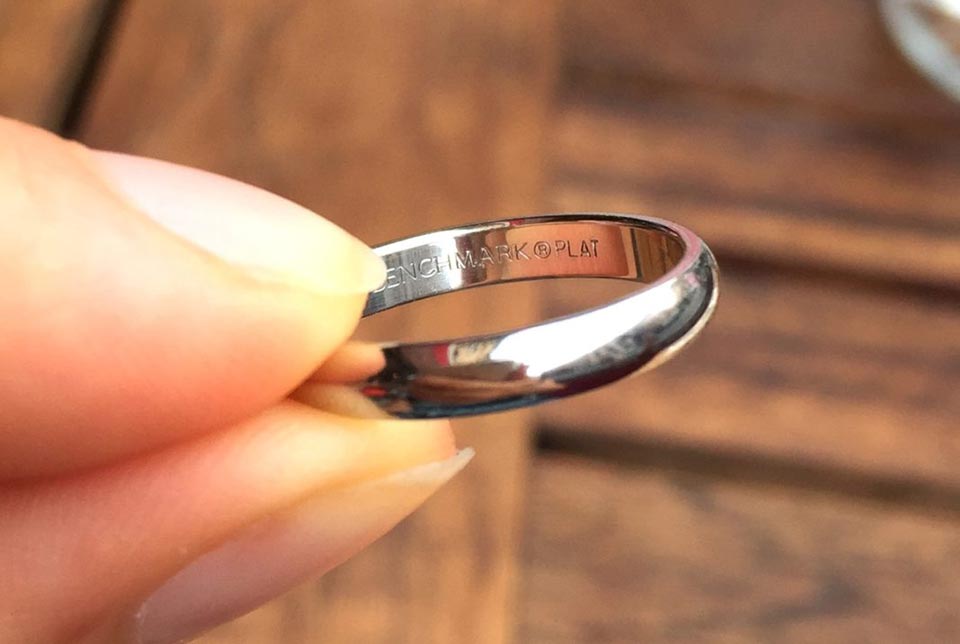
How to identify platinum at home and distinguish it from other metals
And although the popularity of platinum is growing rapidly, not everyone knows what this metal looks like. For this reason, the risk of running into scammers and buying a fake is quite high.
To avoid becoming a victim of deception, it is best to seek the help of a jeweler. While this is not exactly a cheap service, it is the safest way to buy a genuine product. But if you do not want to contact the master, there are several more or less proven methods of verifying platinum for authenticity.
How platinum differs from silver
Argentum has a more gray hue, while platinum is light and shiny. Over time, silver tarnishes, loses its luster, but platinum does not.
You can check the authenticity of a platinum product with a test:
- You need to pour into a glass hydrogen peroxide so that it completely covers the decoration.
- Platinum is a powerful catalyst for peroxide, so a violent hiss will immediately occur.
- The liquid usually has no effect on silver or fizzes faintly or weakly.
You can also use ammonia solution... Take a cotton swab, dip it into the solution and leave a drop on the jewelry. Dark spots will remain on the silver item, and the solution will not affect the platinum in any way.

Recognizable: platinum or stainless steel
But platinum is almost impossible to distinguish from stainless steel. The fact is that both materials do not react to most of the substances known to chemistry today. Outwardly, the metals are so similar that they cannot be distinguished from each other.
A pair of steel wedding rings cost about 500 rubles, and the same platinum jewelry will cost 20 or even 30 thousand.
To distinguish platinum from stainless steel, you can use one of three methods:
- The weight... Pt is almost three times heavier than steel. But in order to use this method, you need to alternately hold jewelry of approximately the same size from different materials. If there are no examples of two metals, use gold jewelry. Gold is always heavier than stainless steel, but slightly lighter than platinum.
- Hardness... Stainless steel is stronger than platinum, so it will be harder to cut on it. But in this way you run the risk of spoiling the product, especially since the difference is subtle.
- Sample Is the surest method. What kind of samples platinum has, has already been written above. All platinum items must bear this mark. If there is no print, it is blurred or duplicated - in front of you, most likely, a fake.
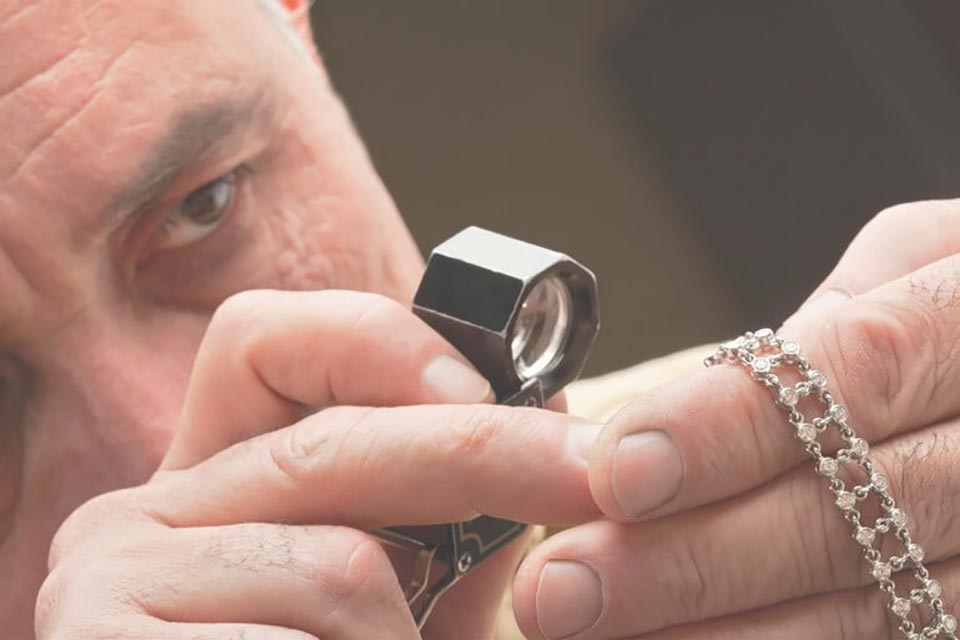
Difference from palladium
To distinguish platinum from palladium, a test can be performed iodine... For this experiment, you will need iodine, a pipette, and a napkin. It is necessary to drip the solution onto the jewelry and wait a couple of minutes. If nothing happens, you have a platinum piece in front of you. The same conclusion can be drawn if the iodine becomes even darker. But if stains remain on the product or the liquid changes its shade to a lighter one, palladium is in front of you.
The magical properties of platinum
Unlike gold, platinum does not store negative memories and thoughts. That is why, according to its magical properties, the metal is considered the most “pure” and “luminous” .. The energy of platinum cannot be directed to people, objects or the fulfillment of desires, therefore amulets are not made of it.
The main effect of platinum is that it softens the influence of stones on its owner.
Thanks to this metal, minerals do not so much affect the character and life of people. This is very useful if the stone is not right for you.
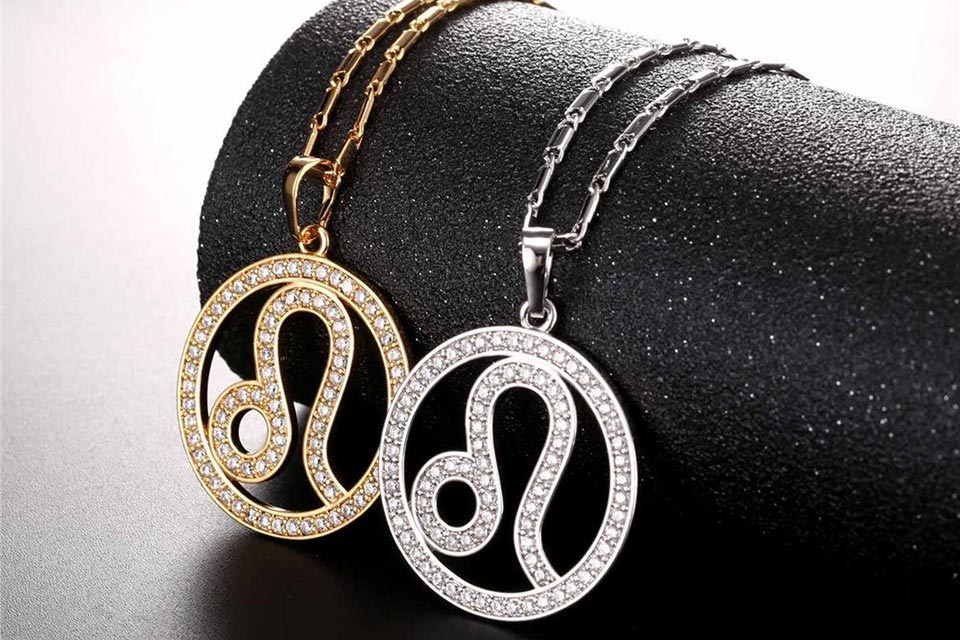
Since platinum is associated with the planet Neptune, this metal patronizes Pisces и Cancer... It is to these signs of the zodiac that you can constantly wear jewelry made of this material. Devam и Sagittarius metal will give comfort, and Scorpio will help improve intuition and connection with the other world. It is possible that the gifted Scorpios will help them acquire the gift of clairvoyance.
Rђ RІRѕS, Aquarius, Gemini, Lions и Taurus wearing platinum is not recommended. Wearing this metal will have a negative effect on them.
Aries, Capricorn и Vesam you can wear platinum jewelry, but periodically take it off and put it aside. This way you can avoid negativity in your life, but you do not need to rely on positive changes either.
Platinum cost
The price of platinum changes every day. Between 2016 and 2019, its value increased from $ 600 to $ 900 per troy ounce.
An ounce is a measure of a quantity that is equal to 31 grams and is used to measure precious metals. There are 32,15 such ounces in one kilogram.
It follows from this that the cost of platinum per gram has also increased. It is believed to be the most profitable metal to invest in.
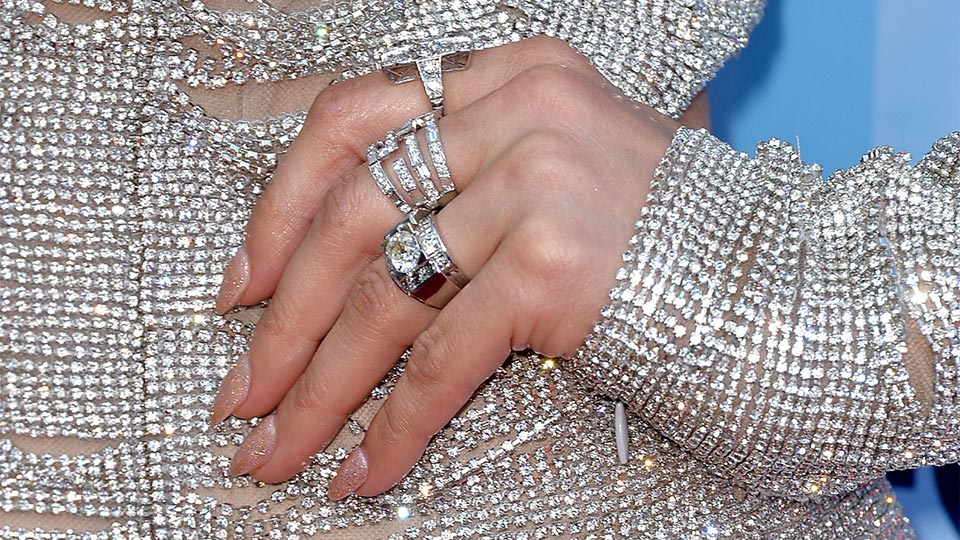
Which is more expensive: platinum or ...
To roughly understand the price of platinum, it is better to compare it with other metals or jewelry.
... palladium?
The price per troy ounce of palladium is approximately $ 2300. This means that palladium is more than twice as expensive as platinum.
... a diamond?
A cut diamond is perhaps the most expensive gem. Its cost only starts from 20 r for a small insert weighing 000 carats. Of course, it will be much more expensive than platinum.
... silver?
The price for one troy ounce is $ 27. This means that platinum is almost 30 times more expensive than silver.
... titanium?
Grade titanium starts at $ 0,6 per troy ounce. Of course, the price of platinum is significantly higher than titanium.
In conclusion, I would like to say that platinum is one of the most unusual metals. It has amazing properties and is used in many industries. Plus, platinum is a great option to invest in. Metal is constantly becoming more expensive, and jewelry made of it will delight you with a beautiful appearance.
